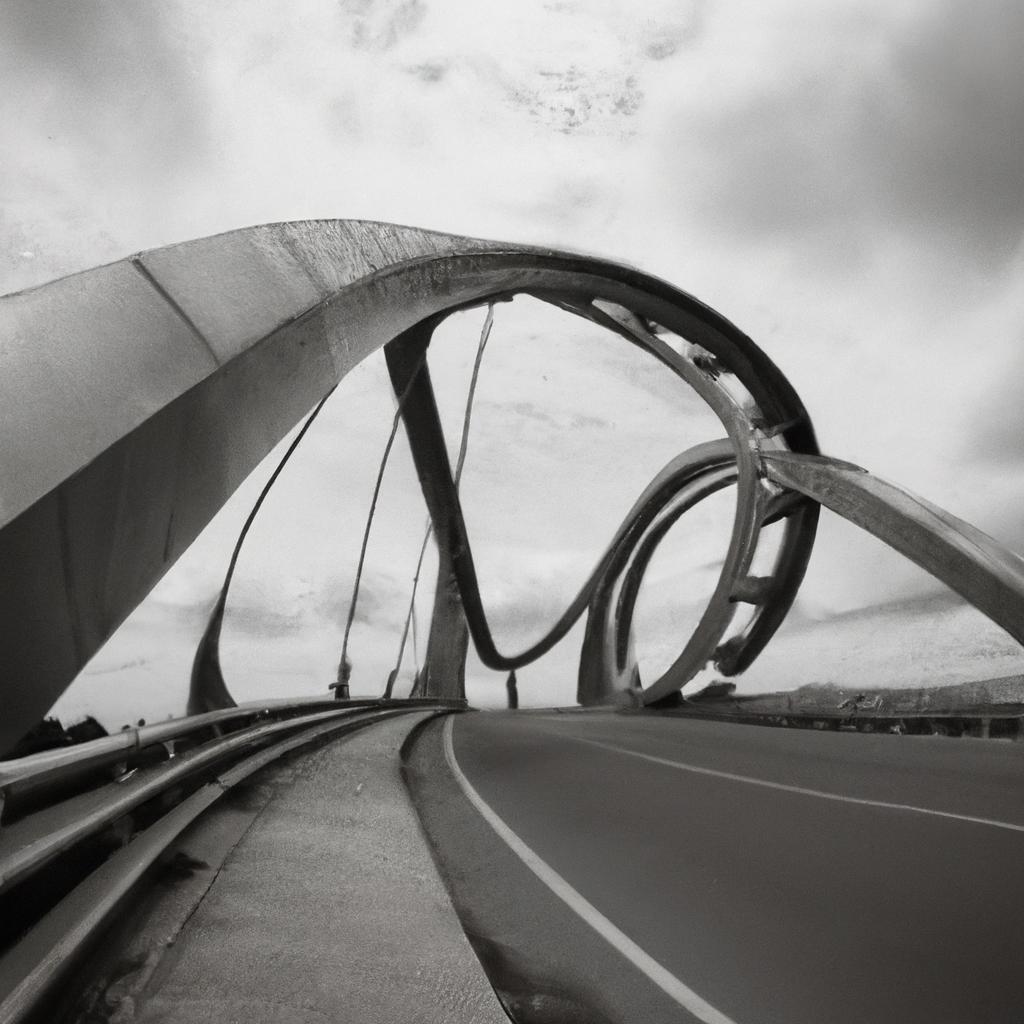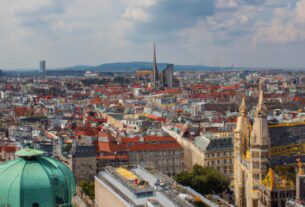Have you ever stopped to ponder how bridges have shaped Vietnam’s cultural and economic landscape? Throughout history, these remarkable structures have played a vital role in connecting people and places, facilitating trade, and fostering development. Vietnam’s bridges, from ancient bamboo creations to modern steel marvels, are a testament to the nation’s rich history and promising future.
Bridges are more than mere physical connections; they represent a nation’s aspirations and achievements, reflecting its cultural, social, and economic values. In Vietnam, these bridges symbolize resilience, innovation, and progress. They have served as a means of linking people, cultures, and ideas, facilitating the exchange of goods and services, and promoting social cohesion.
But why are bridges so important to Vietnam? With its long coastline and numerous waterways, the country heavily relies on bridges to connect different regions and facilitate transportation. Additionally, bridges have improved access to education, healthcare, and other essential services, contributing to Vietnam’s social and economic development.
A Glimpse into Vietnam’s Bridge Landscape

The intricate details on Vietnam’s bridges are a testament to their beauty
Vietnam boasts a diverse array of bridge designs and structures, each with its unique characteristics and purpose. From traditional wooden footbridges to modern suspension bridges, the country offers a wide variety of architectural marvels. Let’s explore some of the most notable types of bridges found in Vietnam:
1. Wooden Bridges
Wooden bridges, found predominantly in rural areas, are one of Vietnam’s oldest bridge types. These bridges were traditionally constructed using bamboo, wood, and ropes. Designed to be lightweight and flexible, they withstand Vietnam’s harsh weather conditions.
2. Concrete Bridges
Concrete bridges are ubiquitous in Vietnam, present in both urban and rural areas. Built to last, these bridges can withstand heavy traffic and adverse weather conditions. Reinforced with concrete, they feature a simple yet durable design.
3. Cable-Stayed Bridges
Cable-stayed bridges are gaining popularity in Vietnam due to their aesthetic appeal and structural efficiency. These bridges utilize cables to support the bridge deck, boasting unique and modern designs. Examples of cable-stayed bridges in Vietnam include the Thu Thiem Bridge in Ho Chi Minh City and the My Thuan Bridge in Tien Giang Province.
4. Suspension Bridges
Iconic and recognizable worldwide, suspension bridges are also present in Vietnam. These bridges utilize suspension cables to support the bridge deck and are commonly used to span large bodies of water. Examples in Vietnam include the Hanoi Ceramic Mosaic Mural Bridge and the Dragon Bridge in Da Nang.
Vietnam’s bridges are not just functional, practical structures; they are works of art that contribute to the country’s cultural and architectural heritage. Let’s now turn our attention to some of Vietnam’s most famous bridges and their significance.
Iconic Bridges Shaping Vietnam’s Landscape
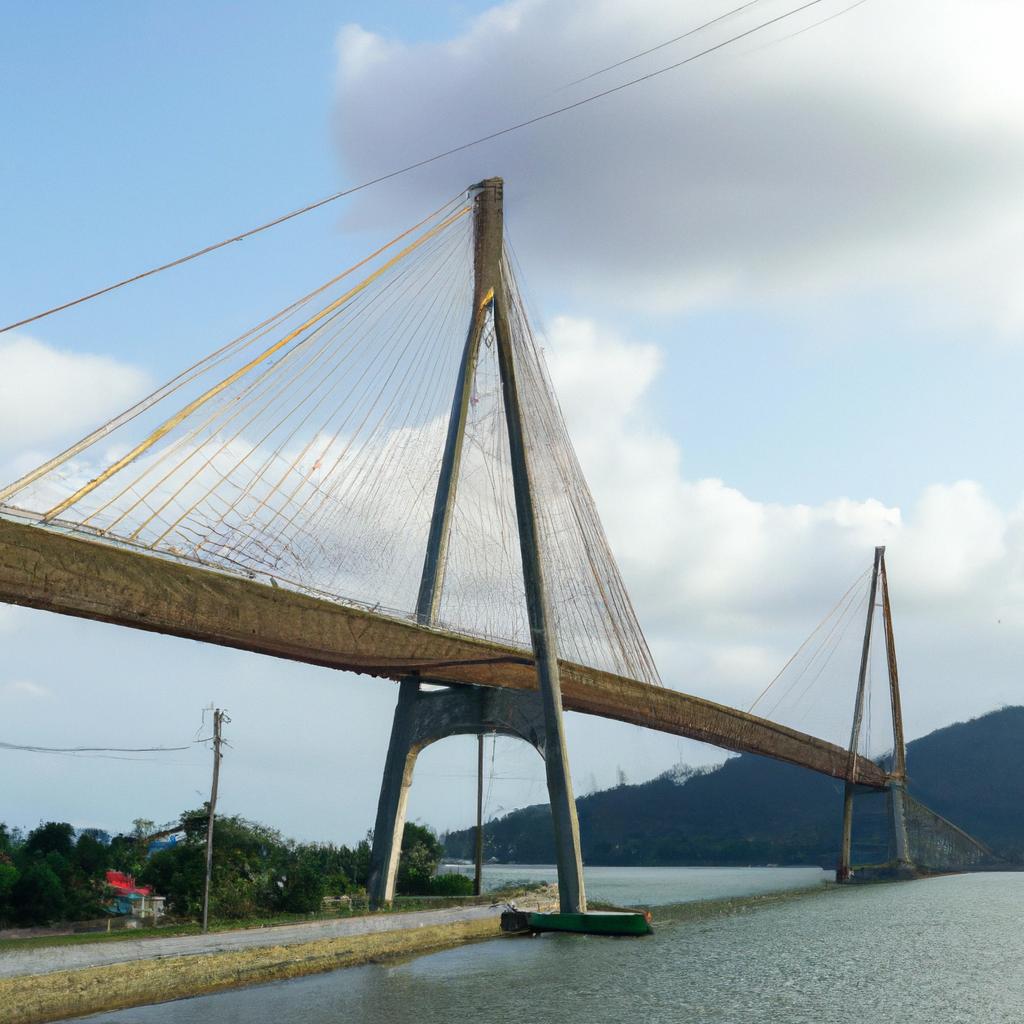
Vietnam’s bridges play a vital role in connecting cities and villages
Vietnam boasts several iconic bridges that have captured the imagination of locals and tourists alike. These bridges, ranging from ancient and rustic to modern and sleek, serve as not merely functional structures, but also cultural landmarks reflecting Vietnam’s past and present.
The Golden Bridge
Undoubtedly one of Vietnam’s most renowned bridges, the Golden Bridge in Ba Na Hills, Da Nang, is an architectural masterpiece. With its unique design seemingly held up by two giant stone hands, this bridge offers a breathtaking view of the surrounding hills and lush greenery. The Golden Bridge has become a favorite destination for tourists and photographers, boosting tourism in Da Nang and symbolizing Vietnam’s creativity, innovation, and commitment to sustainable tourism.
Long Bien Bridge
Another famous bridge in Vietnam is the Long Bien Bridge, located in Hanoi. Built in 1902 during French colonial rule, it stands as a historic landmark connecting the city with other regions. The Long Bien Bridge has witnessed significant events in Vietnam’s history, including conflicts against the French and American forces. Despite damage during wartime, the bridge was restored and continues to serve as both a vital transportation link and a cultural icon.
Dragon Bridge
Shaped like a dragon and illuminated at night, the Dragon Bridge in Da Nang has become another symbol of Vietnam’s modernity and progress. This impressive bridge has captivated locals and tourists alike. The Dragon Bridge is a popular spot to gather and enjoy the view, especially during weekends when it’s closed to traffic. Vietnam’s commitment to infrastructure development, alongside its cultural heritage and creativity, is beautifully represented by the Dragon Bridge.
In conclusion, Vietnam’s famous bridges serve as not only functional structures but also cultural landmarks showcasing the country’s past, present, and future. They have played a crucial role in connecting people and places, facilitating transportation, and promoting tourism and development. Bridges in Vietnam are a testament to the country’s creativity, innovation, and resilience.
Bridges: Catalysts for Economic Growth
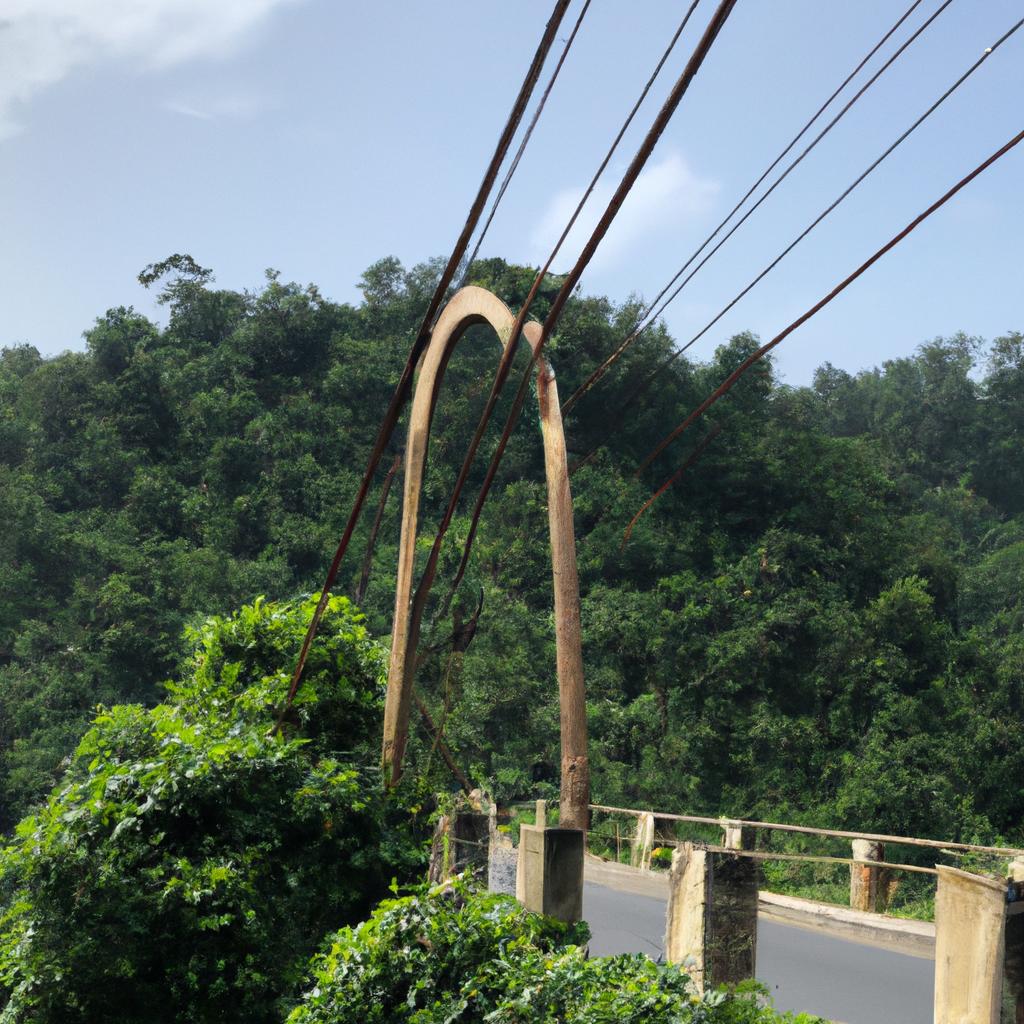
The natural beauty surrounding Vietnam’s bridges is breathtaking
Bridges in Vietnam play a significant role not only in connecting people and places but also in contributing to the country’s economic growth and development. The construction of bridges has been a priority for the Vietnamese government, providing better access to markets, increasing trade, and creating new opportunities for investment and tourism.
Bridges Boosting Economic Growth
The importance of bridges in Vietnam’s economic growth cannot be overstated. These bridges facilitate transportation, directly impacting the movement of goods and services. Furthermore, they improve access to education, healthcare, and other essential services, contributing to the country’s social and economic development.
Bridges have a particularly significant impact on regional development. By connecting rural and urban areas, bridges create new markets, promote investment, and generate employment opportunities. They also facilitate the movement of people and goods, essential for economic growth.
Major Bridge Projects in Vietnam
Vietnam has undertaken numerous bridge projects over the years, greatly impacting the country’s infrastructure and development. One notable example is the Long Bien Bridge, constructed over a century ago and still in use today. This historic bridge connects the two banks of the Red River and serves as a cultural landmark in Hanoi.
Another significant project is the Thu Thiem 2 Bridge, part of a broader urban development plan for Ho Chi Minh City. This bridge will connect District 1 with the Thu Thiem New Urban Area, fostering economic growth and improving the transportation network.
The Cao Lanh Bridge is yet another substantial project, linking the cities of Cao Lanh and Lap Vo in the Mekong Delta. This bridge has reduced travel time between the two cities from two hours to just 30 minutes, enhancing access to markets and promoting economic growth in the region.
In conclusion, bridges have played a vital role in Vietnam’s economic growth and development. They connect people and places, facilitate trade and investment, and create new opportunities for tourism and investment. With continued investment in infrastructure, bridges will continue shaping Vietnam’s future.
Challenges and Opportunities

The view from Vietnam’s bridges at sunset is unforgettable
Despite their importance, building and maintaining bridges in Vietnam pose various challenges. Natural disasters such as floods and typhoons can damage bridges, necessitating costly repairs to ensure safety. Limited funding and resources further hinder construction and maintenance efforts, leading to delays and compromised quality.
Additionally, inadequate planning and coordination among government agencies result in inefficient resource utilization and project delays. The shortage of skilled workers and outdated equipment further poses challenges to bridge construction and maintenance in Vietnam.
However, opportunities for improvement and future development exist within Vietnam’s bridge infrastructure.
Improving Infrastructure
Innovative technologies and materials offer avenues for stronger and more resilient bridges. Advanced materials like high-performance concrete and fiber-reinforced polymers enhance durability and resistance to natural disasters.
Another opportunity lies in promoting public-private partnerships (PPP) to support bridge construction and maintenance. PPP mobilizes private capital and expertise, leveraging resources and reducing the burden of funding bridge projects. This approach enhances accountability and efficiency, resulting in better quality and timely completion.
Additionally, developing a comprehensive national bridge management system can improve planning, design, construction, and maintenance. Such a system would assess bridge conditions and performance, identify repair and replacement priorities, and optimize resource utilization.
In conclusion, while building and maintaining bridges in Vietnam present challenges, opportunities for improvement and future development are present. Leveraging innovative technologies, promoting PPP, and implementing a comprehensive bridge management system can enhance Vietnam’s bridge infrastructure, improve connectivity, and foster social and economic development.
Closing Thoughts
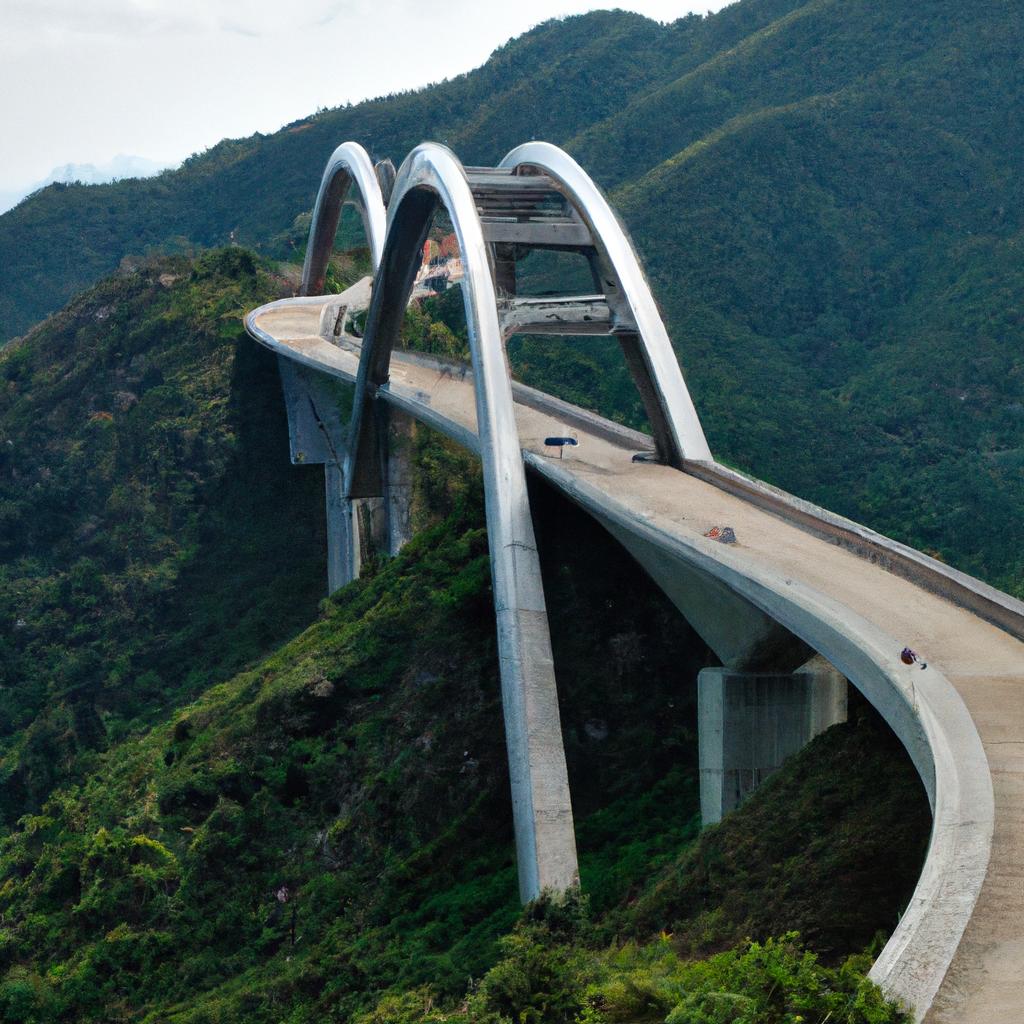
Vietnam’s bridges are not only functional but also blend in with their surroundings
Bridges in Vietnam are more than mere connectors; they embody the spirit of a nation. From bamboo bridges steeped in history to cutting-edge modern designs, Vietnam’s bridges showcase resilience, innovation, and progress.
As Vietnam continues its rapid economic development, bridges will play an even more crucial role in connecting people, ideas, and commerce. With major infrastructure projects underway and emerging technologies, Vietnam’s future bridges shine brightly.
At TooLacks, we recognize the significance of bridges in shaping Vietnam’s infrastructure and development. As a platform dedicated to sharing news and information about nature, gardening, and animals, we understand the value of connecting people and fostering social cohesion.
So, whether you’re a traveler exploring Vietnam’s breathtaking landscapes or a local resident crossing a bridge on your way to work, take a moment to appreciate the significance of these marvelous structures. Bridges in Vietnam are not just modes of transportation; they are symbols of the country’s past, present, and future.
